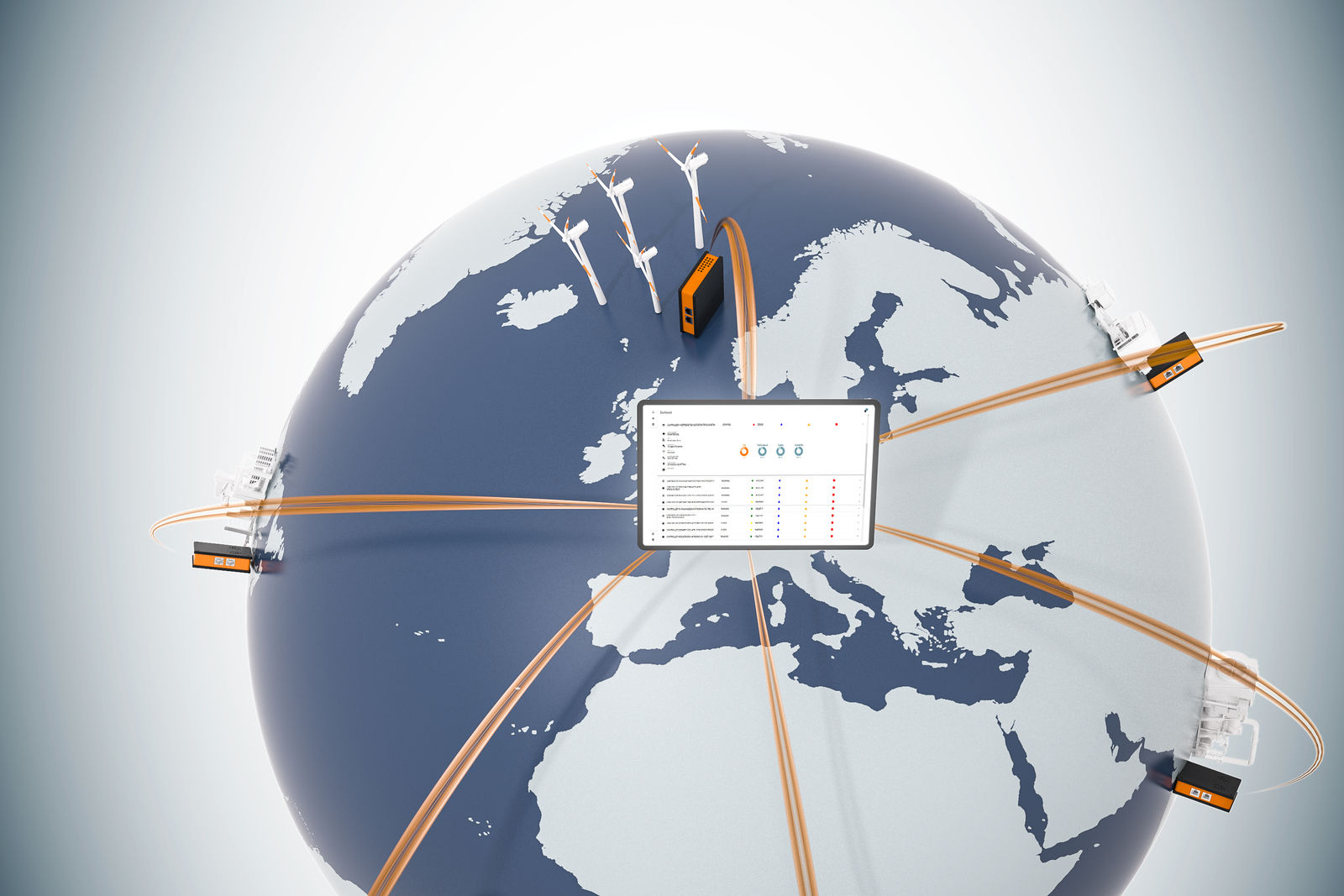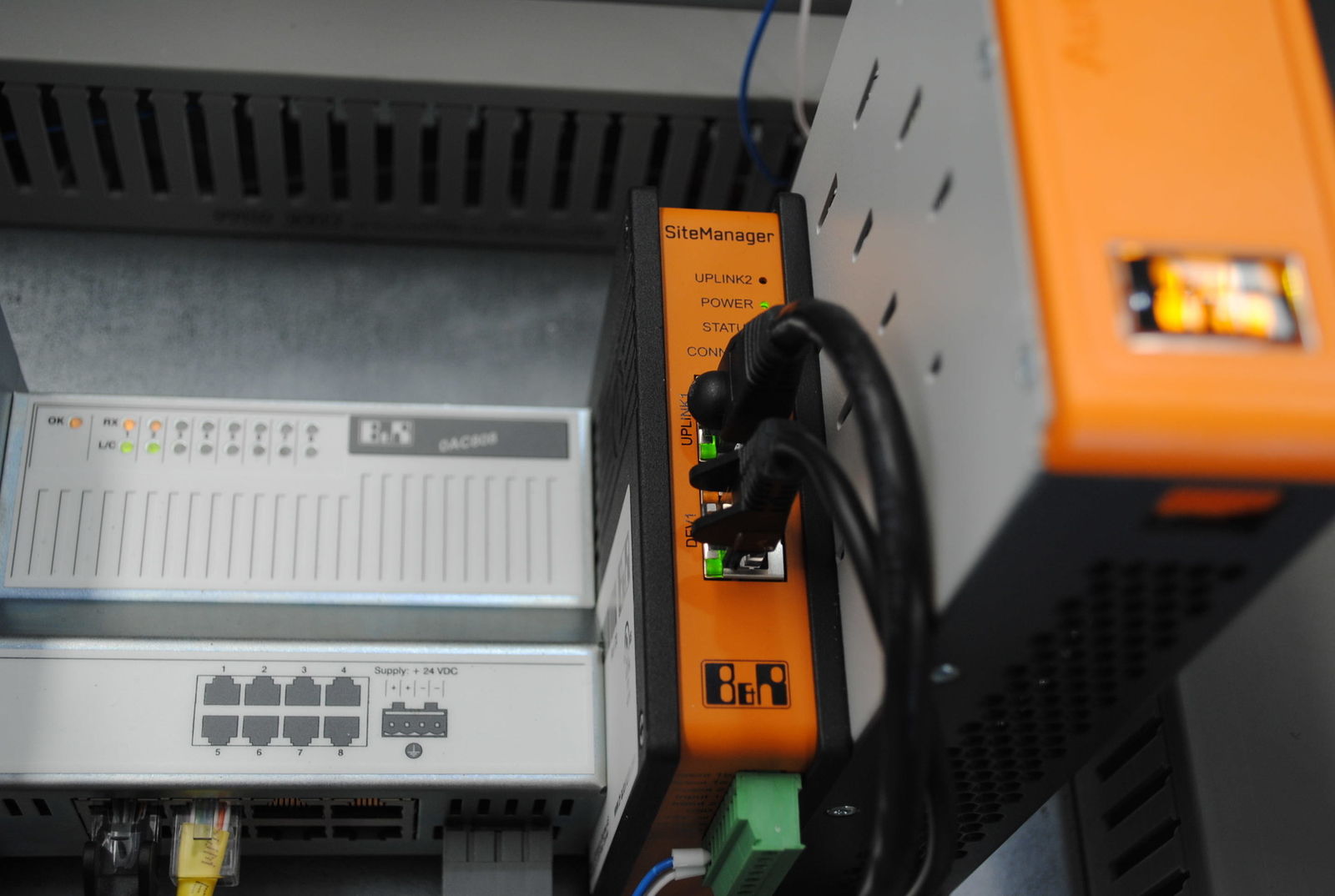The globalized world seems to get smaller every day. Recent events offer a stark reminder, however, that the ability to simply "hop on the next plane" is a fragile freedom not to be taken for granted. Across much of the world, travel has been severely restricted or cut off entirely. Be that as it may, OEMs still have machines in the field that need to be commissioned, serviced and upgraded – and delays in response time are costly.

For most OEMs, aside from the occasional spare part or scheduled maintenance, contact with a machine ends at delivery. "Many machine builders shy away from remote maintenance for fear it will be overly complicated or present a security risk," says René Blaschke, product manager for IIoT at B&R. Remote maintenance often requires sensitive machine data to be sent over the Internet, which for many is reason enough for hesitation. Yet, every minute of downtime eats away at an operator's bottom line. Costly downtime can be kept to a minimum with remote maintenance.
Another concern of machine builders is that the time-intensive task of rolling out a complex digital maintenance solution would keep employees from their primary tasks. "That's why we made sure to create a solution that is very easy to implement," says Blaschke. Remote maintenance offers machine builders an enormous advantage: when they get the call, service technicians can connect to the machine quickly and resolve the issue.
Remote maintenance saves time and money
With Secure Remote Maintenance from B&R, machine builders can perform system diagnostics remotely or install updates from a central location. "When they get the call, service technicians no longer have to hop on a plane. Instead, they can hop on their PC and connect digitally to the customer's machine," says Blaschke. "Remote maintenance saves time and money."

In a few short steps, the B&R remote maintenance solution is set up, and technicians have easy access to machines all over the world. "The SiteManager hardware just needs to be connected to the machine controller. It then establishes a remote maintenance tunnel to the central GateManager," explains Blaschke. Like all B&R hardware, the SiteManager can be configured using the Automation Studio engineering tool.
The technician can establish a secure connection in moments and then run diagnostics, adjust parameters and resolve any faults as though they were right there on site. All access to the machine is logged in detail and can be traced at any time. The B&R SiteManager can be factory installed on new machines or retrofitted on existing ones. In both cases, the solution is seamlessly integrated into the automation system.
Safety comes first
Secure communication is one of the most fundamental challenges of remote maintenance. Transmitted machine data must be highly transparent, yet simultaneously absolutely secure. The B&R remote maintenance solution, Secure Remote Maintenance, meets the requirements for a secure and reliable connection. "Through a combination of state-of-the-art protocols, technologies and infrastructure components, our solution ensures optimal protection," explains Blaschke. "The security standards used in remote maintenance are comparable to those used in online banking." Data is encrypted during transmission in order to prevent hackers from accessing it.


"Our solution is optimally protected through modern protocols, technologies and infrastructure components. The security standards are comparable to those used for online banking," says René Blaschke, product manager for IIoT at B&R.

When an incident occurs, the SiteManager sends the corresponding alarms, events or status updates to the machine operator via text message or email. These notifications are preconfigured directly via the remote maintenance hardware. This is an easy way to ensure transparent machine operation and that users always know the current condition of their manufacturing assets.
One solution, many applications
Secure Remote Maintenance does more than just maintenance – it can also be used to commission a machine remotely. When machine builders deliver equipment to their customers, they no longer need to dispatch a service technician halfway around the world to put it into operation. As soon as the SiteManager on the machine is configured, a connection can be established and the machine can be commissioned. System parameters software settings can be adapted to customer's requirements.
Since updates can also be installed remotely with Secure Remote Maintenance, machines and systems are always up to date. A service technician can connect to the machine via the remote maintenance software and update a program or the firmware, for example. That drastically reduces the time and costs associated with keeping systems up to date.
All of an OEM's machinery and equipment can be managed from a central location. This brings machine builders closer to their customers and allows them to offer additional services with significant added value. New business models become possible, such as monitoring the health and performance of manufacturing assets to optimize service intervals.
Secure connection to the cloud
B&R's SiteManager transfers data securely to the cloud. "The B&R SiteManager connects to the machine controller via OPC UA and transfers data to the cloud using the MQTT message protocol," explains Blaschke. The user defines which data is to be transferred when configuring the solution. It is also possible to transfer different data to different cloud providers. Configuration is completed easily in the SiteManager's web-based user interface.
In addition to the cloud interface, various options are available for aggregated analysis, such as calculation of minimum, maximum and average values. An integrated store-and-forward database ensures that no data is lost in the event of connection problems.
Fast service response time
For a machine builders, serving a global customer base comes with challenge. A great deal of resources are consumed by maintenance work that can only be carried out with the help of the manufacturer. "A remote maintenance solution removes that obstacle," says Blaschke. OEMs can connect to any asset, anywhere in the field, at any time to keep their customers' systems running smoothly and efficiently. That saves time and money for everyone involved.